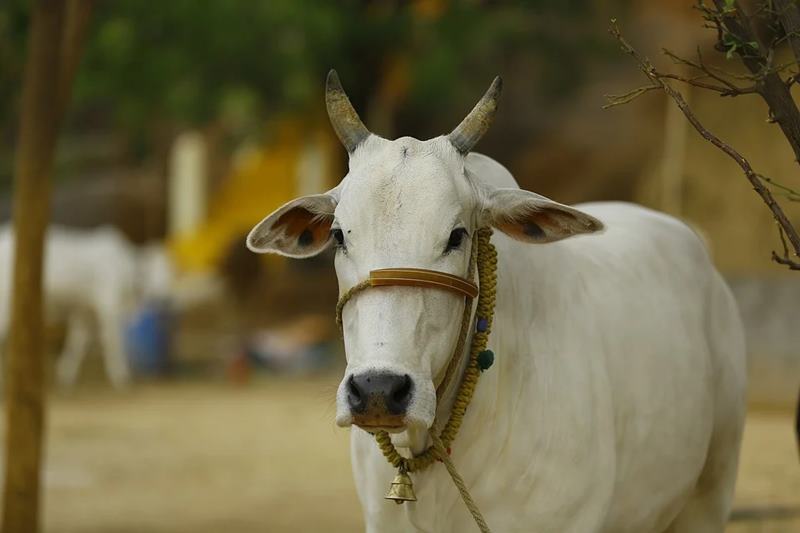Can India safeguard its 50 native breeds of cows?
There are 50 breeds of native cows in India with maximum numbers of Gir, Lakhimi and Sahiwal cows. The native cattle breeds are key to promoting natural farming. The Indian government has several schemes to promote and safeguard these breeds. But are these enough?


According to the Department of Animal Husbandry and Dairying, there are 50 native breeds of cows in India.
Nearly every region in the country has a cow breed native to it, with each one having special and unique characteristics. According to the Department of Animal Husbandry and Dairying, there are 50 native breeds of cows in India. And, while some of them have increased in numbers, some others are in the danger of disappearing altogether.
The 20th Livestock Census Report in 2019 revealed that the top three breeds in terms of number were the Gir with more than 6,857,784 cows, Lakhimi with 6,829,484 cows and 5,949,674 cows from the Sahiwal breed.
Bringing up the bottom three of the native cow breeds are the Belahi breed with only 5,264 cows, Panikulam with 13,934 cows and Punganur with 13,275 cows.
The Livestock Census also found that there were 192.49 million bovines in the country, of which female cows numbered 145.12 million.
Last week, on December 21, Minister of Fisheries, Animal Husbandry and Dairying, Parshottam Rupala, in an answer to a question in the Lok Sabha said that the central government had several ongoing schemes to safeguard the interests of native cattle. According to him, the Gokul Mission was begun in 2014 with the aim to develop and conserve indigenous bovine breeds. Semen from quality bulls have been used to artificially inseminate cows to propagate a breed.
So far, 23.7 million cattle have been covered under the Gokul Mission. Another 28.7 million crore cows have already been inseminated and the scheme has benefitted 15 million dairy farmers.
Also Read: The disappearing buffaloes of Bhadawar
According to the Ministry of Fisheries, Animal Husbandry and Dairying, Gir, Sahiwal, Tharparkar, Kankrej, Haryana, and Rathi breeds of cows; and Murra, Mehsana, Jafarabadi, Pandharpuri and Neer Ravi among other buffalos are being inseminated by high pedigree bulls to conserve and propagate the breeds.

The Sex-Sorted Semen Scheme is also introduced that will enable dairy farmers to select the sex of the calves they want their cows to bear. This has proved to be 90 per cent accurate, the minister said.
According to the Department of Animal Husbandry, in order to conserve and propagate native breeds, it has established two national Kamdhenu breeding centres – Hoshangabad in Madhya Pradesh and Chintaladevi in Andhra Pradesh – and is working on setting up 16 Gokul Gram that will promote indigenous cattle rearing and their conservation in a scientific manner.
The Indian Council of Agricultural Research has also established a cattle research centre at Meerut, Uttar Pradesh, where studies on genetic improvement of the native breeds are underway.
With mechanisation, farmers are less dependent on cattle. In fact stray cattle has become a big problem for the farmers and the governments in several states such as Uttar Pradesh, Madhya Pradesh, Haryana and Bihar.
Also Read: Indigenous cow breeds are gradually losing space to high-yielding varieties in Madhya Pradesh
In a survey undertaken in 2019 by Gaon Connection in 19 states of the country, 20.5 per cent of the 18,267 respondents had said that stray cattle were a serious menace. While several schemes were launched, farmers say nothing much has improved on ground. It could become one of the issues that could be taken up in the upcoming Uttar Pradesh elections.
Read the story in Hindi.

